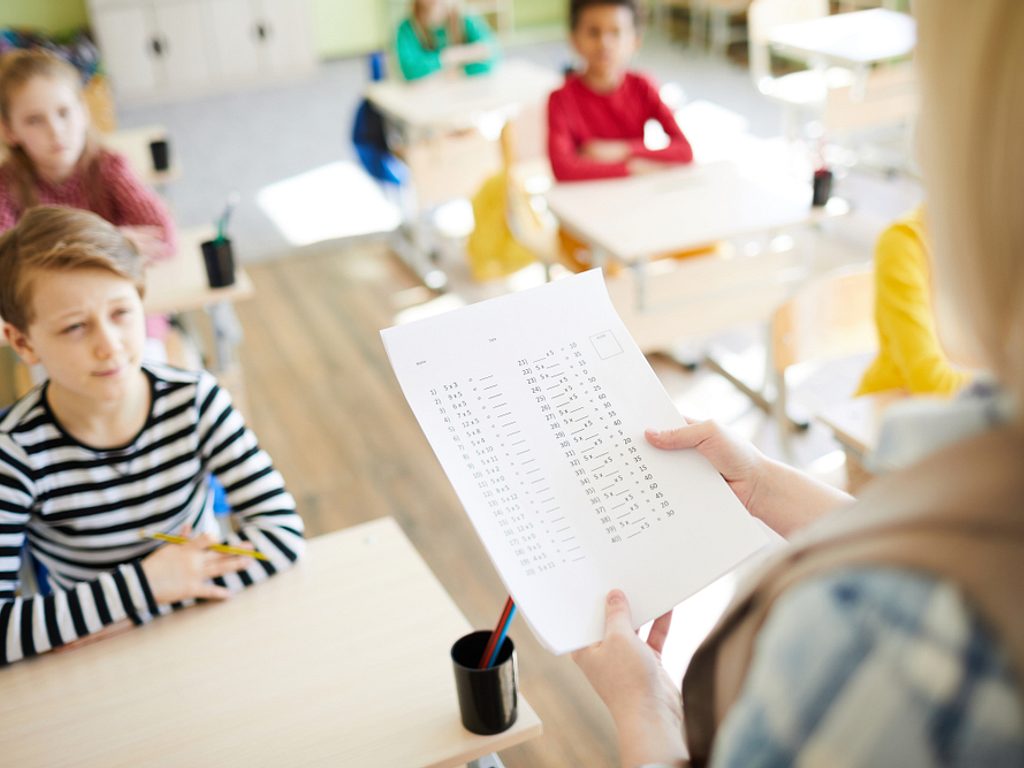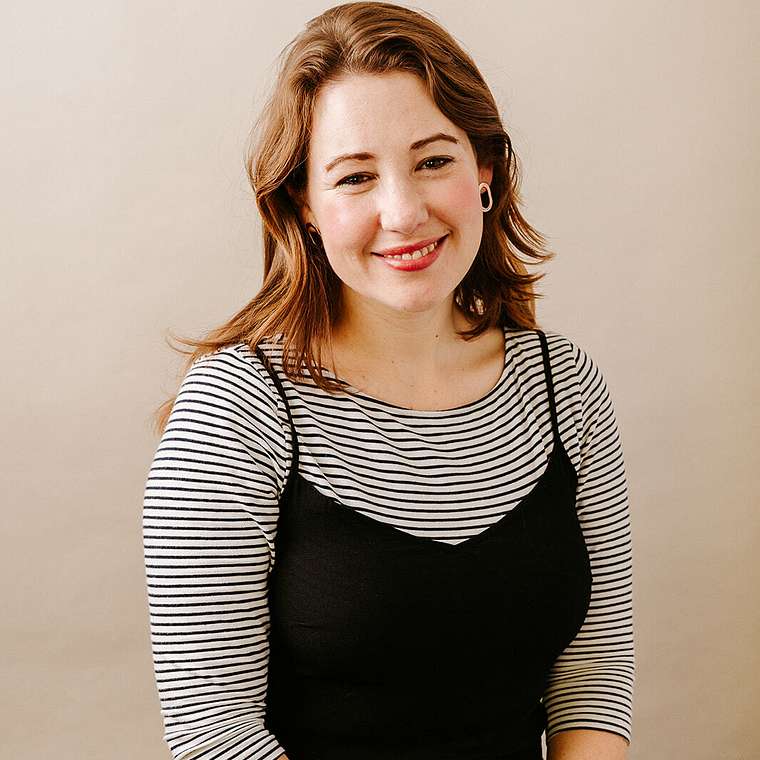‘The box has 12 chocolates. On Monday, I ate half. On Tuesday, I ate half of what was left. How many chocolates are left in the box?’
I love exploring this kind of problem with my class, but sometimes, children can find questions of this sort tricky. I’ve found that providing opportunities for children to explain and unpick their problem-solving can help them to build a repertoire of strategies, and lead to rich discussions about mathematical ideas.
One of the ways I do this is through using the ‘debrief’. After children have had a go at solving a problem, the debrief can be used to structure reflection, prompting pupils to discuss and evaluate their approaches. This links to Recommendation 1 of the EEF’s ‘Improving Maths in the Early Years and Key Stage 1’ guidance report, as it allows me to develop children’s metacognition and self-regulation, which in turn supports their understanding of early maths.
The Debrief and ‘building on what children already know’
The debrief offers rich opportunities for questioning, which prompts children to articulate the approaches they have used to solve a problem, thereby making these explicit. This helps me, as the teacher, to understand the methods and processes my class have used. It also allows children to hear the ideas and explanations of their peers, evaluate them, and to work together to co-construct understanding.
Once they’ve attempted the problem above, I might ask my class, ‘How did you start?’ Some children may have gone to collect open-access physical resources to support their working (loose parts, counters, or other resources available to them). Other pupils could have chosen to record pictorially, whilst others may have tried to visualise the problem in their heads. As a class, we use the debrief to explore the approaches children have used. I encourage pupils to talk about what worked well, as well as what was challenging, to help them identify their strengths and next steps for future problem-solving.
Questions such as, ‘What exactly did you do?’ prompt children to talk through their methods and encourage them to explain and reflect upon the reasoning behind these. I also ask, ‘How else could we have done this?’ or ‘Did anyone do it in a different way?’
When talking with my class, I’ve found that there are a huge variety of methods even for the simplest problems, including many that I wouldn’t have thought of myself. During the debrief, I can prompt children to compare the range of different approaches used and identify which is the most efficient.
The debrief also provides an ideal opportunity to unpick misconceptions and errors in children’s working. This is important for me, as the teacher, but is also vital for pupils as it allows them to understand where, why and how these happened.
To support children to confront these mathematical misconceptions, I ask questions such as, ‘How could we fix this?’, ‘What could you have used to help you?’ and ‘What would you do differently next time?’ This prompts children to reflect on their problem-solving and consider how this can be developed. This includes thinking about ideas they could borrow from our class discussions to help them solve similar problems in future.
Focusing discussion on the problem-solving process, and not just the answer, highlights to children that maths isn’t always about ‘getting it right’, but that there are huge benefits in spending time exploring thinking. For me, using the debrief is about realising that the answer to a problem is not the end of learning, but, in fact, it can be the beginning of an in-depth, maths-rich discussion.

Guidance Reports
Improving Mathematics in the Early Years and Key Stage 1

Blog
EEF blog: Using the debrief to support structured reflection on mathematical problem-solving
